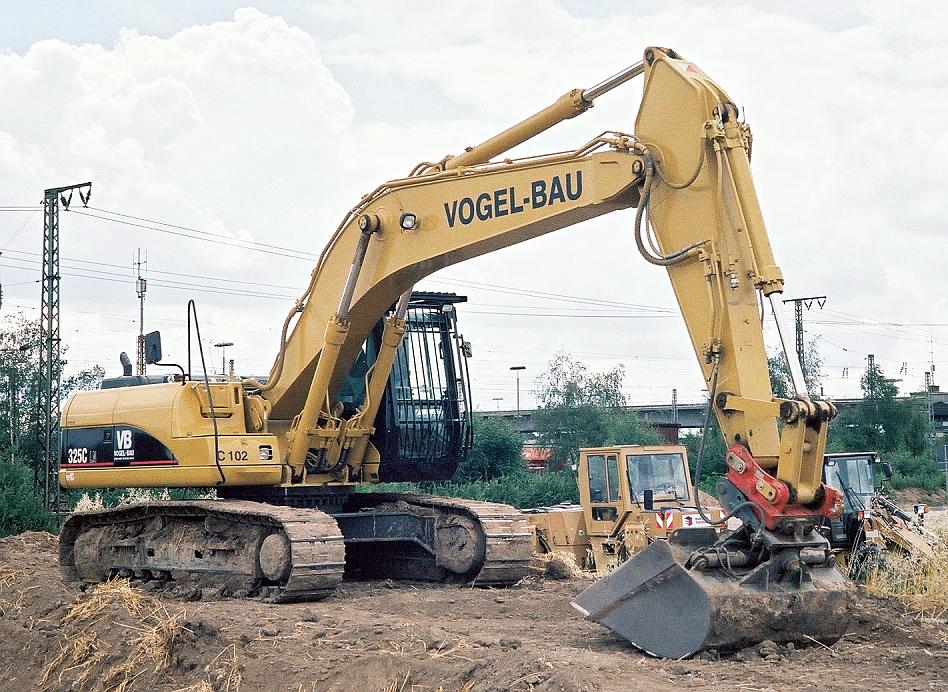Pavement
“From the Natural Ground Level (NGL) to the top of the road is called pavement.”TYPES OF PAVEMENTS
There are two types of pavements:- Flexible
- Rigid

1 FLEXIBLE PAVEMENT
Flexible pavements are so named because the total pavement structure deflects, or flexes, under loading. A flexible pavement structure is typically composed of several layers of material. Each layer receives the loads from the above layer, spreads them out, then passes on these loads to the next layer below
Types Of Layers
WEARING COURSE
Wearing course (or surface course) is top layer on which the vehicle runs and is composed of Asphalt .It provides characteristics such as friction, smoothness, drainage, etc. Its thickness depends upon the design of the pavement structureBASE COURSE
- It is below the wearing course.
- It is composed of aggregates.
SUB-BASE COURSE
- It is provided for additional strength.
- It is also composed of aggregates.
Below is a typical Section of Flexible Pavement :


2 Rigid Pavement
Rigid pavements are so named because the pavement structure deflects very little under loading due to the high modulus of elasticity of their surface courseRigid pavements are of two types
- PCC(Portland cement concrete)
- RCC(Reinforced concrete cement)
PCC Pavement
In PCC, we also have three types of layers.A: WEARING SURFACE
The surface course is the layer in contact with traffic loads and is made of PCC and its thickness depend upon the design pavement structure.B: BASE
This layer is composed of crushed aggregates.C: SUB-BASE
This layer is provided for additional strength and it is also made up of crushed aggregates.RCC Pavement
Dowels and bars are used in this type of pavement and deflects very little there are three kinds of joints in this pavement.JOINTS
Joints are purposefully placed discontinuities in a rigid pavement surface course.There are three types of joints as follows:
- Contraction
- Isolation
- Expansion
A: CONTRACTION JOINTS
A contraction joint is a joint between slabs that results when concrete is placed at different times. This type of joint can be further broken down into transverse and longitudinal contraction joints. Longitudinal contraction joints also allow slab warping without appreciable separation or cracking of the slabs.B: ISOLATION JOINTS
An isolation joint is used to lessen compressive stresses that develop at T- and unsymmetrical intersections, ramps, bridges, building foundations, drainage inlets, manholes, and anywhere differential movement between the pavement and a structure (or another existing pavement) may take place. They are typically filled with a joint filler material to prevent water and dirt infiltration.C: EXPANSION JOINTS
An expansion joint is placed at a specific location to allow the pavement to expand without damaging adjacent structures or the pavement itself.DOWEL BARS
 Dowel bars are short steel bars that provide a mechanical connection between slabs without restricting horizontal joint movement. They increase load transfer efficiency by allowing the leave slab to assume some of the load before the load is actually over it. This reduces joint deflection and stress in the approach and leave slabs.
Dowel bars are short steel bars that provide a mechanical connection between slabs without restricting horizontal joint movement. They increase load transfer efficiency by allowing the leave slab to assume some of the load before the load is actually over it. This reduces joint deflection and stress in the approach and leave slabs.DIFFERENCE BETWEEN RIDIG AND FLEXIBLE PAVEMENTS
The essential difference between the two types of pavements, flexible and rigid, is the manner in which they distribute the load over the sub grade.Rigid pavement, because of concrete’s rigidity and stiffness, tends to distribute the load over a relatively wide area of the sub grade. The concrete slab itself supplies a major portion of a rigid pavement's structural capacity.
Flexible pavement, inherently built with weaker and less stiff material, does not spread loads as well as concrete. Therefore, flexible pavements usually require more layers and greater thickness for optimally transmitting load to the sub grade.

MAJOR MACHINES USED IN THE MAKING OF PAVEMNTS
Following are the machines are used in the making of pavements- Compaction roller
- Excavators
- Graders
- PTR (pneumatic tandem roller)
COMPACTION ROLLER Compaction roller is used to compact the soil Compaction roller is used to compact the soil | EXCAVATOR It is used to excavate the soil It is used to excavate the soil |
GRADER
It is used to create a flat surface. | PNEUMATIC TANDEM ROLLER It is used to lay asphalt on roadways and on equal level |





Good effort.
ReplyDeleteCorrection:
Wearing coarse is composed of asphalt concrete in flexible pavement.